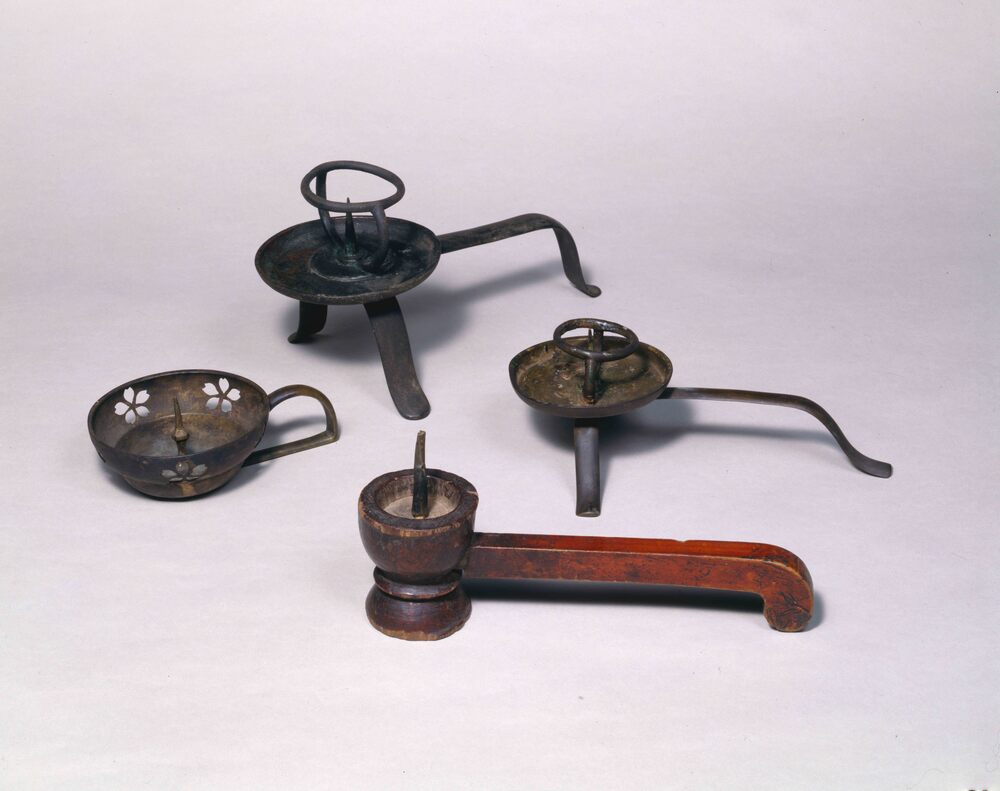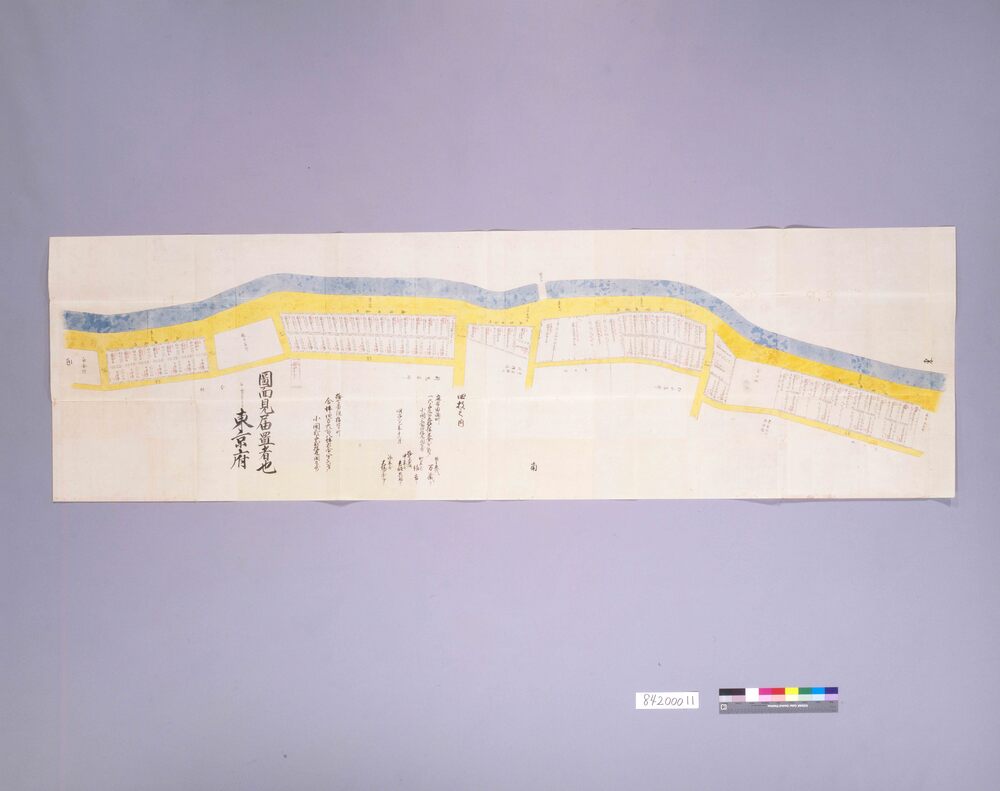
- Collection of
- Edo-Tokyo Museum
- Title
- Floor Lamp
- Collection ID
- 90363066
- Category
- Lifestyle and Folk Custom
- Creation Date
- 19世紀
- Size
- 18.4cm x 18.4cm x 77.2cm
- Edo-Tokyo Museum Digital Archives
- https://www.edohakuarchives.jp/detail-17667.html
Other items of Edo-Tokyo Museum (159832)

Document of Contract
Edo-Tokyo Museum

Nipponkan News, No. 18
Edo-Tokyo Museum

Layout of Yokohama Swimming Pool
Edo-Tokyo Museum

Teshoku (Handheld Candle Holder)
Edo-Tokyo Museum

Reading Is an Act of Construction, Thinking Is an Act of Creation (Handwritten Shikishi (Square Calligraphy Card) 2)
Edo-Tokyo Museum

[Sealing Labels]
Edo-Tokyo Museum
![作品画像:焼失せる東京の町[関東大震災]](https://museumcollection.tokyo/wp-content/uploads/2023/05/502339-L.jpg)
Towns Destroyed by Fire in Tokyo [Great Kantō Earthquake]
Edo-Tokyo Museum

Private Document
Edo-Tokyo Museum

Joint Special Grand Performance by Asahi Kagekiza, Asahi Kagekidan, and Operaza
Edo-Tokyo Museum
![作品画像:[別御場所下小屋泊仕候者共江被下置候品之儀ニ付相伺候書付]](https://museumcollection.tokyo/wp-content/uploads/2025/07/1017717-L.jpg)
Document of Samurai Class
Edo-Tokyo Museum

Private Document
Edo-Tokyo Museum

Document of Townspeople, Pictorial Map
Edo-Tokyo Museum

Document
Edo-Tokyo Museum

Calendar, Empire Motor Company
Edo-Tokyo Museum

Kikufuji Copperplate Mold Catalogue
Edo-Tokyo Museum

Nishikiza, No. 23
Edo-Tokyo Museum

